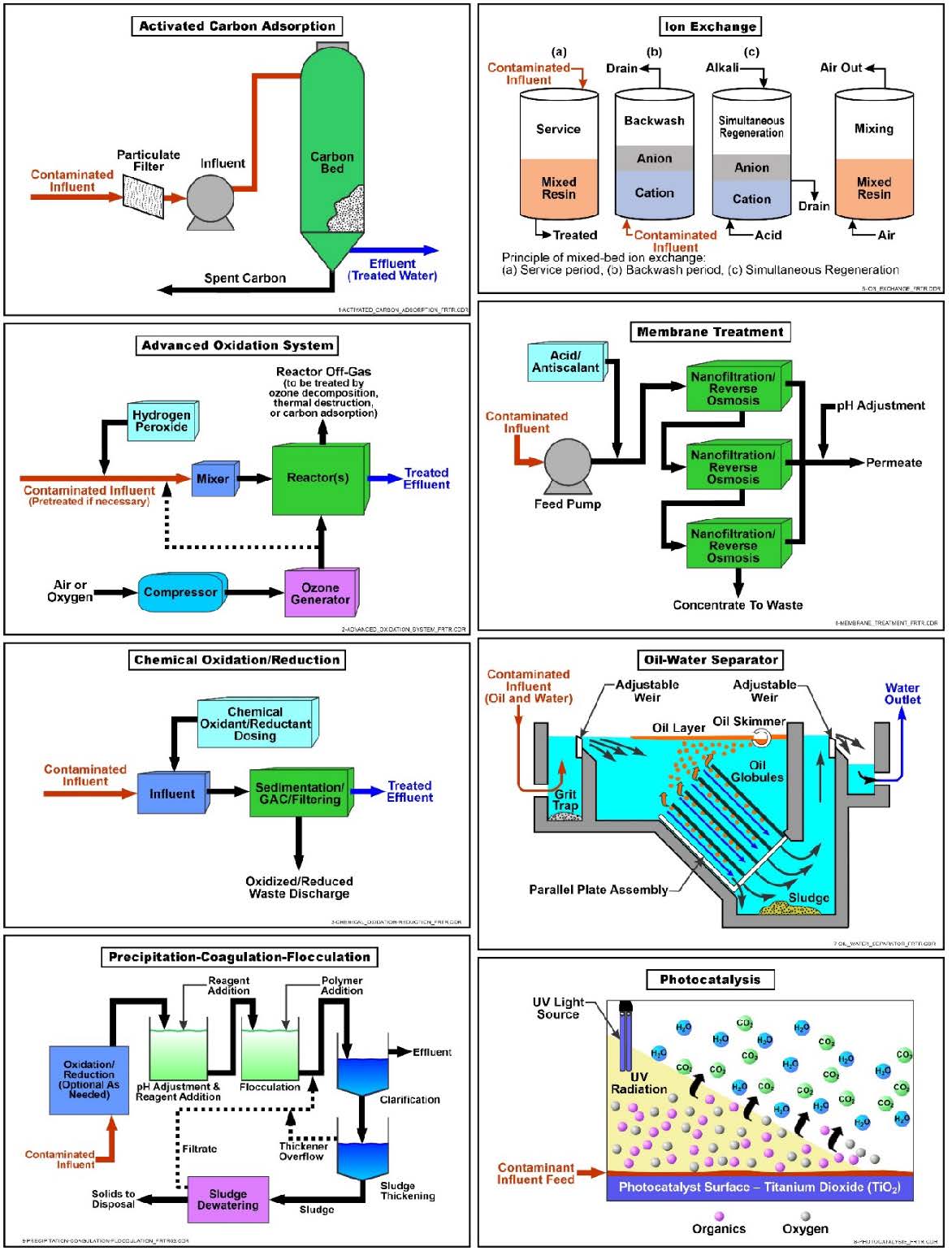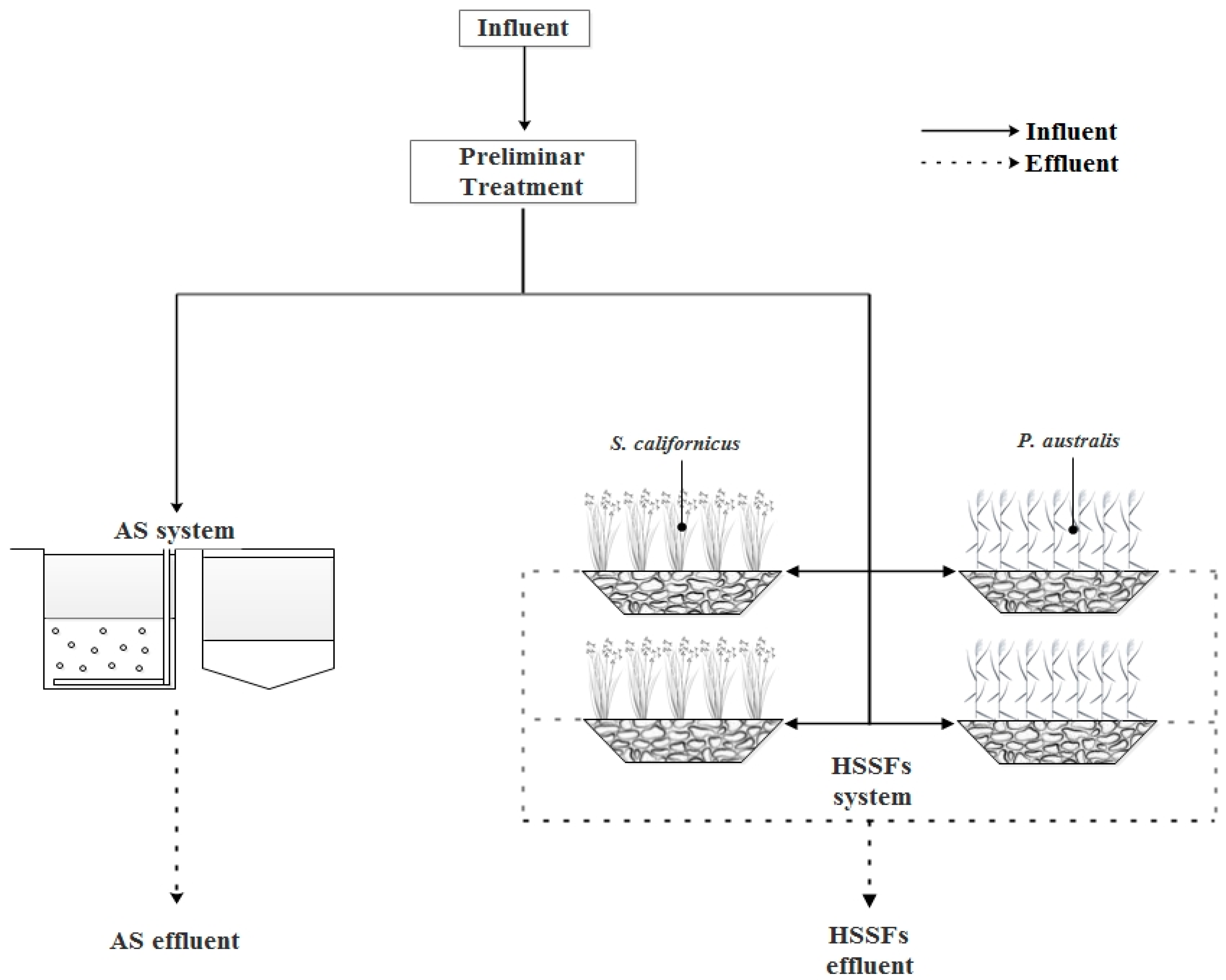Adsorption Design for Wastewater Treatment
Adsorption and degradation are the two main processes used for dye decolorization treatment of textile wastewater Popli and Patel 2015. Domestic wastewater may also be.

Organic Inorganic Hybrid Polymers As Adsorbents For Removal Of Heavy Metal Ions From Solutions A Review Cuticle Metal Ion Sol Gel
EPA one of the most common forms of pollution control in the US.

. These processes take place under aerobic or anaerobic conditions as the products of aerobic treatment are biomass carbon dioxide and water whereas the main product of anaerobic treatment is methane Kamali and. Process synthesis is also performed during retrofitting studies in the sense that a new task can be added to the. - 1 Detention time in total system and first cell t and t 2 Volume in total system and first cell V and V-L 3 Surface area in total system and.
Wastewater Engineering Treatment and Reuse Fourth Edition George Tchobanoglous Franklin L. Metcalf Eddy Inc. Pathogen removal has very rarely been considered an objective but for reuse of effluents in agriculture this must now be of primary concern and processes should be selected and designed accordingly Hillman 1988.
The idea is to employ a suitable amount of a relatively inexpensive. The purpose of wastewater treatment is to speed up the natural processes by which water is purified. An Overview 1-1 TERMINOLXY 3 12 IMPAO OF REGUlATIONS ON WASTEWATER ENGINtERING 3 1-3 HEALTH AND ENVIRONMENTAl CONCERNS IN WASTEWATER MANAGEMENT 7 1-4 WASTEWATER.
This is the most common type of adsorption column for wastewater treatment These columns must be provided with a system for the removal of spent carbon and the addition of fresh or regenerated carbon Because or their construction and operation downflow fixed-bed adsorbers also acts as depth filters for particles that can be contained in the wastewater Therefore this. This reference is written for students and design professionals familiar with wastewater treatment concepts the design process plant operations and the regulatory basis of water pollution control. Wastewater treatment process synthesis can be defined as the step in the design of a WWTP where the design engineer selects unit processes from a number of alternatives and interconnects them to create the process flow diagram ie.
The design of wastewater treatment plants is usually based on the need to reduce organic and suspended solids loads to limit pollution of the environment. Wastewater treatment is the process of converting wastewater into water that can be discharged back into the environment. Simonič and Vnučec 2012.
It is not intended to be a primer for either the inexperienced or the generalist but still a tool for them as well allow- ing them to quickly identify where they can find more. Wastewater treatment operations commonly use sequential combinations of treatment with a coagulant then with a cationic flocculant of very high mass but low charge density Ghosh et al. The most common wastewater treatment methods in developed countries are centralized aerobic wastewater treatment plants and lagoons for both domestic and industrial wastewater.
To avoid high discharge fees or to meet regulatory standards many large industrial facilities pre-treat their wastewater before releasing it into the sewage system. One of the most difficult tasks confronted by the wastewater treatment plants of textile in dustries is the removal of the color of these compounds mainly because dyes and pigments are designed to resist biodegradation such that they remain in the environment for a long period of time. The adsorptive capacity of.
David Stensel Wastewater Engineering. According to the US. For example the half-life of the hydrolyzed dye Reactive Blue 19 is about 46 years at pH 7.
Size a facultative wastewater treatment pond to treat the wastewater described in Table 3-2 and specify the following parameters for the system. From water treatment to gas phase applications and from the purification of other aqueous and organic liquids to the treatment of cane sugar liquors and much more Calgon Carbon offers a wide array of custom-engineered granular activated carbons for a broad range of manufacturing process and environmental applications.

Drinking Water Treatment An Overview Sciencedirect Topics

Technology Screening Matrix Federal Remediation Technologies Roundtable
-chamber.png)
How To Design Oil And Grease O G Chamber Of Wastewater Treatment

Use Of Ceramic Membranes In A Membrane Filtration Supported By Coagulation For The Treatment Of Dairy Wastewater Water Air Soil Pollution In 2021 Wastewater Membrane Turbidity

Processes Free Full Text Sustainable Removal Of Contaminants By Biopolymers A Novel Approach For Wastewater Treatment Current State And Future Perspectives Html

Water Free Full Text Removal Of Organic Micropollutants In Wastewater Treated By Activated Sludge And Constructed Wetlands A Comparative Study Html

Lecture 45 Tertiary Treatment Adsorption And Ion Exchange Youtube

Neopure Tech Profile On 316area Com Water Treatment Wastewater Treatment Cooling Tower

Komentar
Posting Komentar